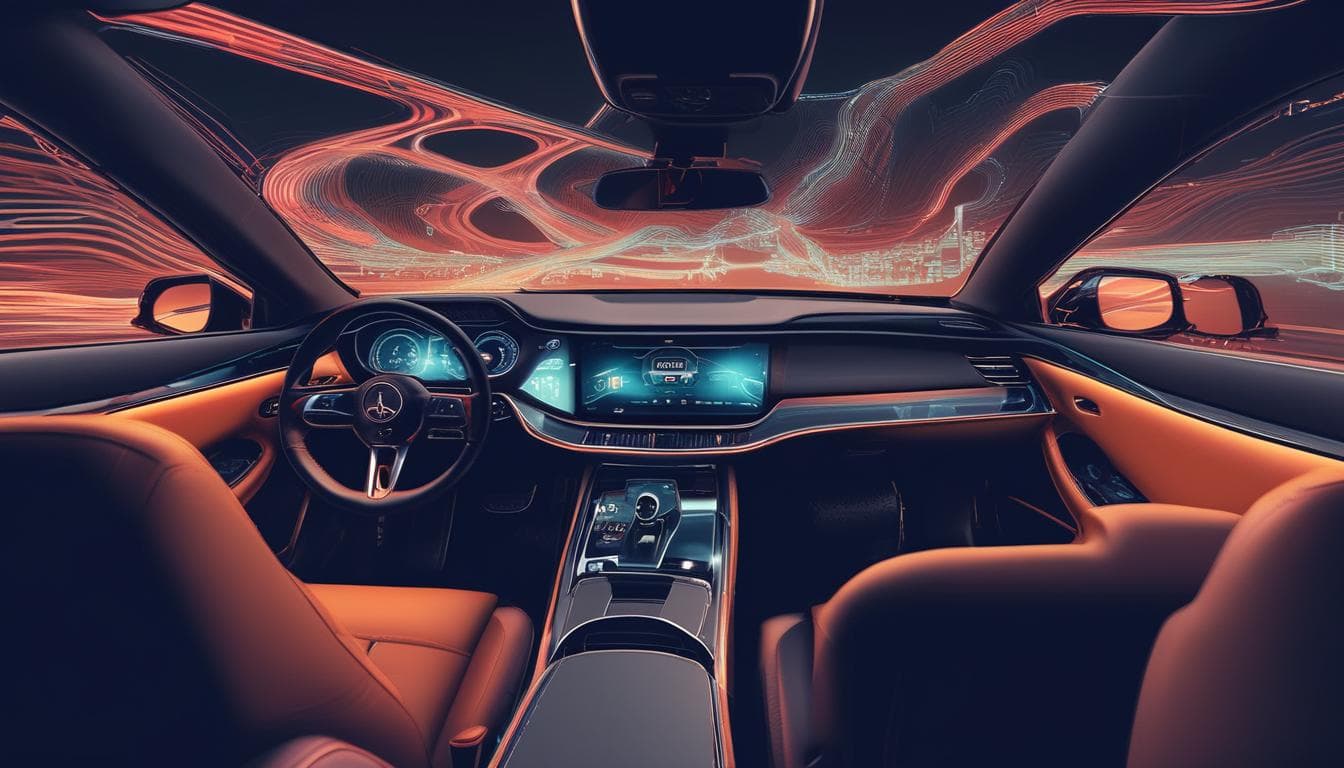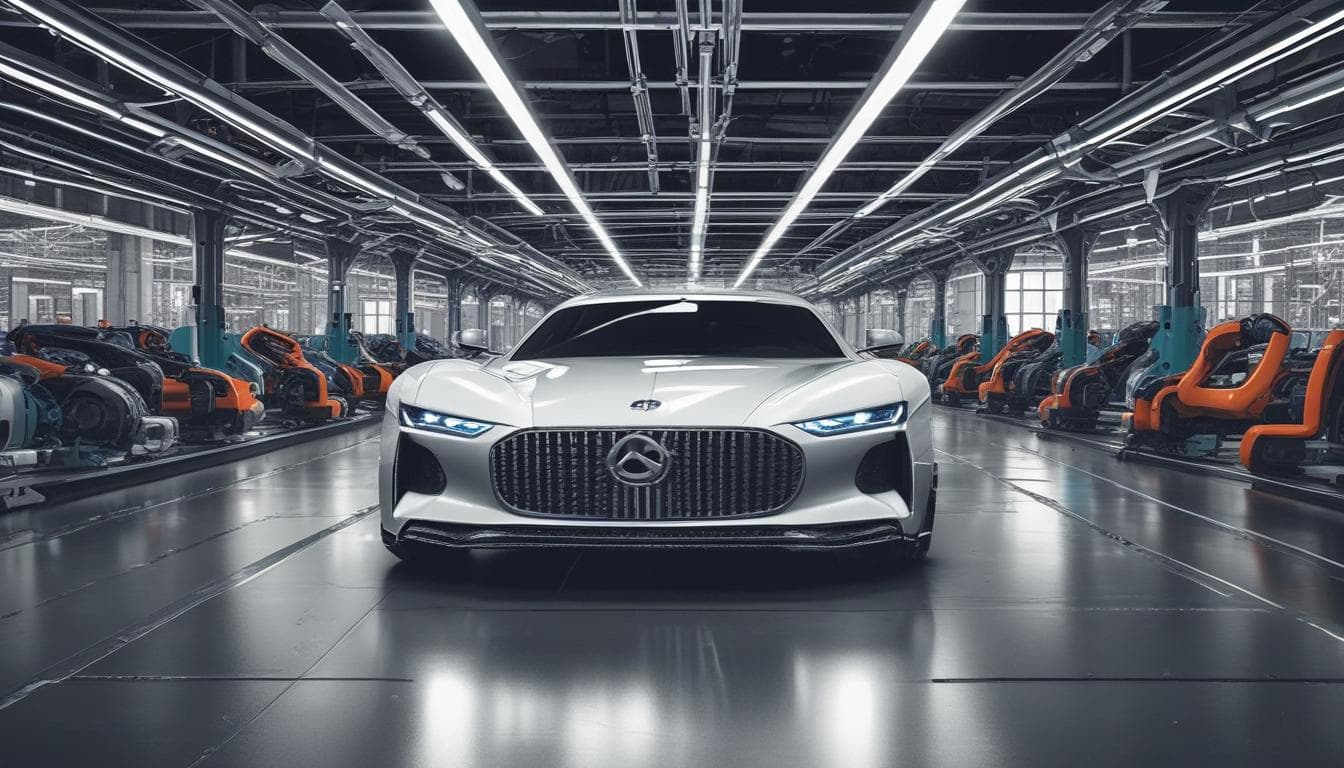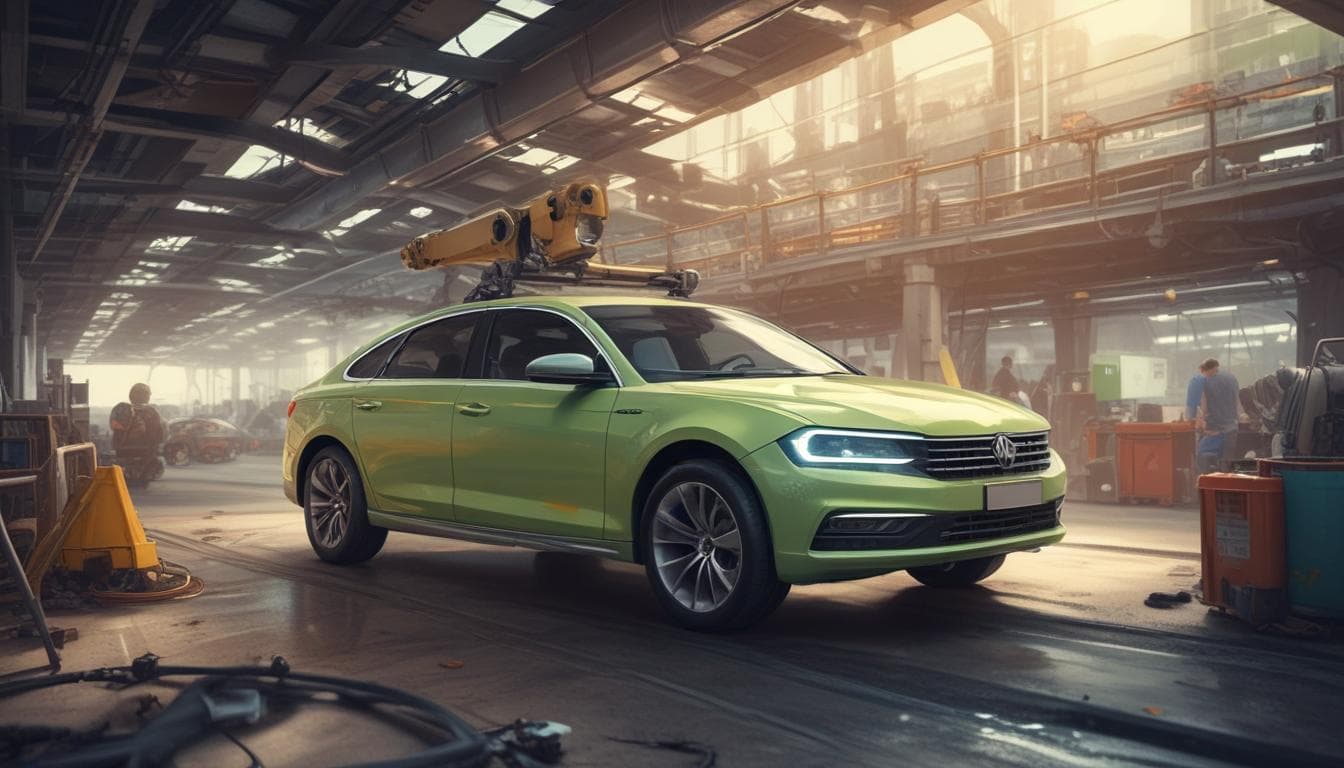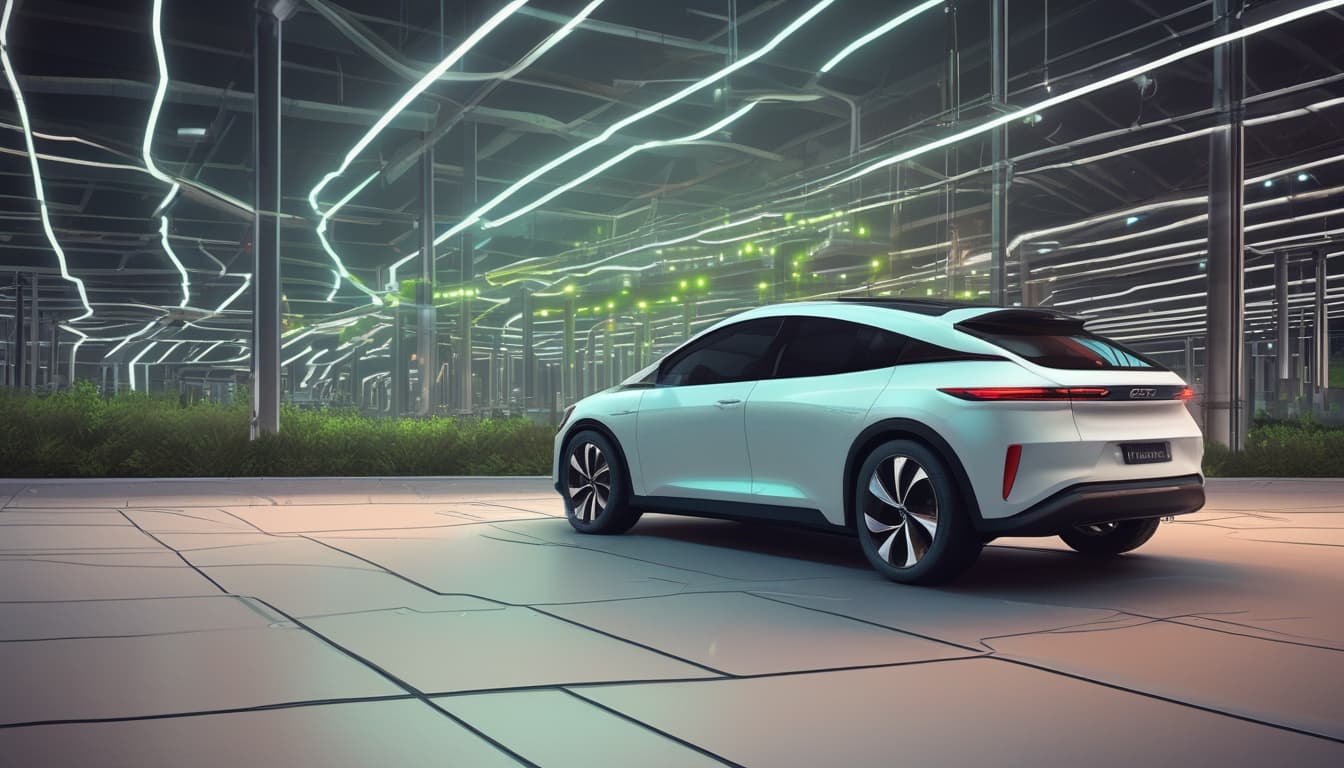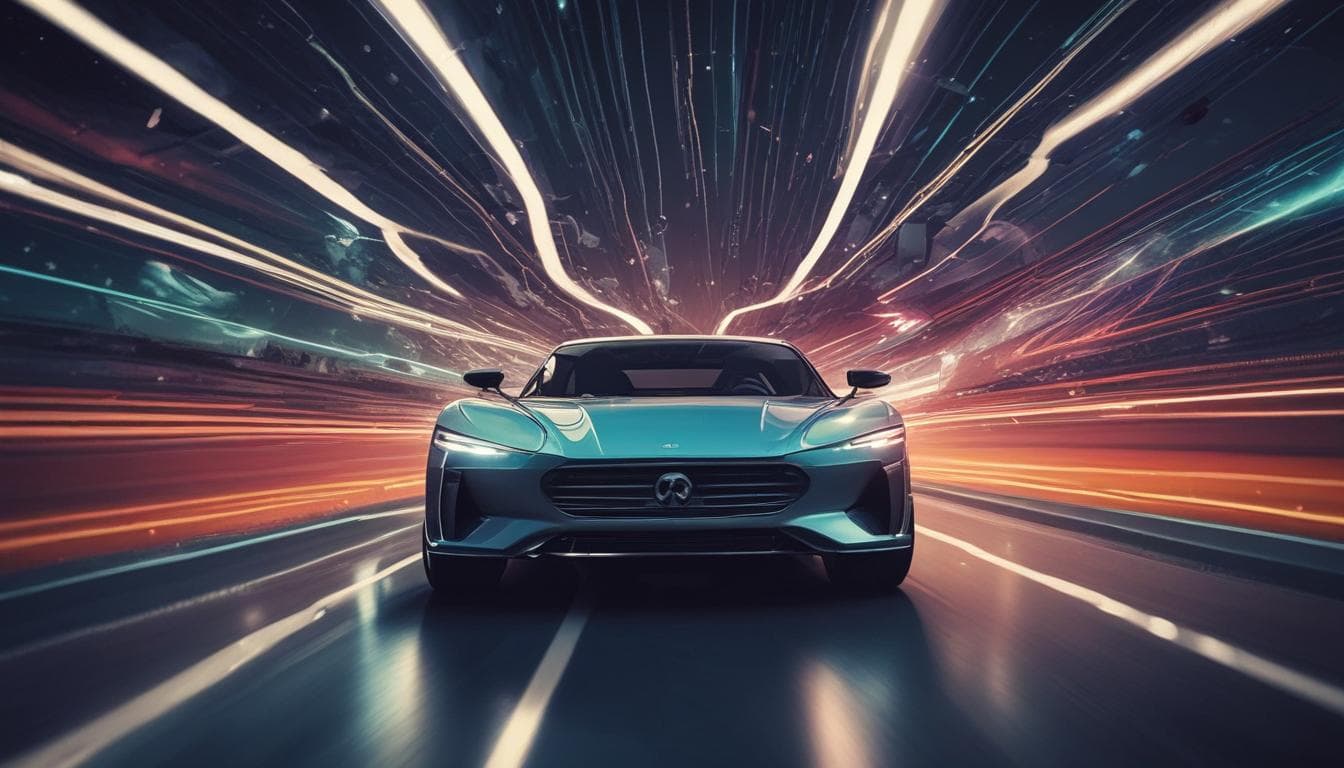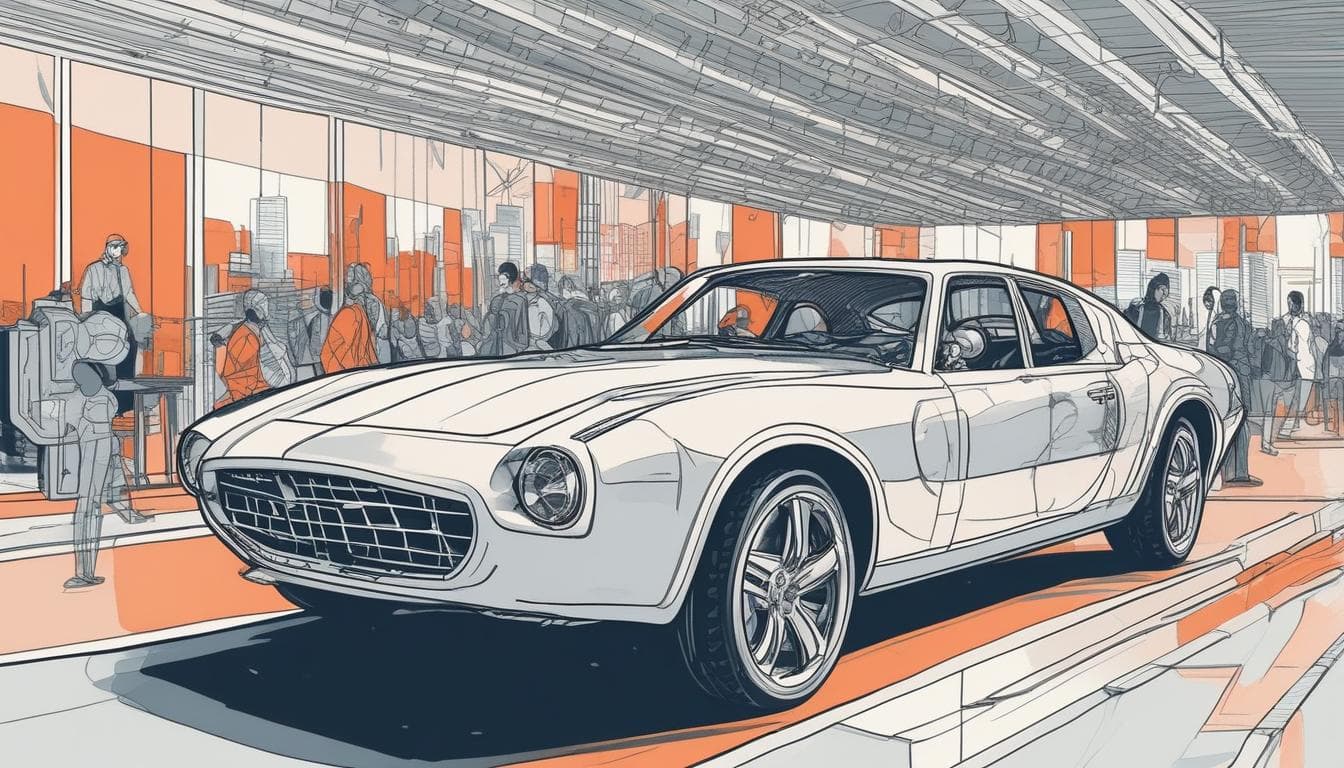The automotive industry is undergoing a profound transformation, moving beyond just transportation to providing highly personalized and immersive in-car experiences. This shift is powered by the convergence of artificial intelligence (AI), big data analytics, and advanced sensor technologies. Hyper-personalization aims to tailor every aspect of the driving experience to individual preferences, needs, and even moods, creating a unique and engaging environment for both drivers and passengers. This goes far beyond simple seat adjustments and radio presets; it's about creating a dynamic and responsive ecosystem within the vehicle itself.
The Foundations of Hyper-Personalization: AI and Big Data
Hyper-personalization in the automotive sector relies heavily on the ability to collect, analyze, and interpret vast amounts of data. This data comes from various sources, including in-car sensors, connected devices, user profiles, and even external sources like traffic and weather information.
Data Collection and Processing
Modern vehicles are equipped with a multitude of sensors that continuously monitor various parameters, from driving style and vehicle performance to passenger comfort and entertainment preferences. This data is then processed using sophisticated AI algorithms, including machine learning and deep learning models. These models can identify patterns, predict behaviors, and make real-time adjustments to optimize the in-car experience. For example, the AI revolution is already reshaping design and manufacturing, and its impact extends significantly into personalization.
The Role of Machine Learning
Machine learning algorithms are crucial for identifying patterns in driver behavior and preferences. These algorithms can learn a driver's preferred seat position, temperature settings, music choices, and even driving routes. Over time, the system can anticipate these needs and proactively adjust the vehicle's settings before the driver even enters the car. This proactive approach is a hallmark of hyper-personalization.
Deep Learning and Contextual Awareness
Deep learning, a subset of machine learning, enables even more sophisticated personalization. Deep learning models can analyze complex data sets, such as facial expressions and voice tones, to detect a driver's mood or stress levels. The system can then respond by adjusting the ambient lighting, playing calming music, or even suggesting a break. This level of contextual awareness is what sets hyper-personalization apart from simple customization.

Key Areas of In-Car Hyper-Personalization
Hyper-personalization is impacting numerous aspects of the in-car experience, transforming how drivers and passengers interact with their vehicles.
Infotainment and Entertainment
Infotainment systems are becoming increasingly personalized. AI-powered systems can curate music playlists, recommend points of interest, and even adjust the user interface based on individual preferences. Voice assistants, enhanced by natural language processing, allow for seamless and intuitive control of various vehicle functions. This goes beyond simple voice commands; the system can understand context and respond in a more conversational manner. Just as virtual worlds are already influencing automotive design and marketing, personalized infotainment enhances the user experience.
Comfort and Convenience
Personalized comfort extends beyond seat and mirror adjustments. AI can control the cabin temperature, humidity, and even air purification based on individual preferences and external conditions. Smart seats can monitor posture and provide dynamic support to reduce fatigue on long drives. These features contribute to a more comfortable and enjoyable driving experience, particularly on long journeys. Discover how smart materials contribute to enhanced comfort and functionality.
Driver Assistance and Safety
Advanced Driver-Assistance Systems (ADAS) are also benefiting from hyper-personalization. AI can tailor the sensitivity and responsiveness of features like adaptive cruise control, lane keeping assist, and automatic emergency braking to match a driver's style and preferences. This creates a more intuitive and safer driving experience, as the system adapts to the driver's individual needs and habits. You can explore the evolution and impact of ADAS in detail.
Predictive Maintenance and Vehicle Health
Hyper-personalization extends to vehicle maintenance as well. AI can analyze data from various vehicle sensors to predict potential maintenance needs and alert the driver proactively. This allows for timely interventions, preventing breakdowns and extending the lifespan of the vehicle. This proactive approach to maintenance enhances reliability and reduces the overall cost of ownership. Learn how predictive maintenance enhances vehicle reliability.

Challenges and Considerations
While hyper-personalization offers numerous benefits, it also presents some challenges and considerations.
Data Privacy and Security
The collection and use of personal data raise significant privacy concerns. Automotive manufacturers must implement robust data security measures to protect user information from unauthorized access and misuse. Transparency and user control over data collection and usage are crucial for building trust and ensuring ethical practices. Protecting connected vehicles is crucial in today's landscape.
User Experience and Over-Customization
While personalization is desirable, it's important to avoid over-customization, which can lead to complexity and cognitive overload. The user interface should remain intuitive and easy to use, even with a high degree of personalization. Finding the right balance between customization and simplicity is a key design challenge.
Algorithmic Bias and Fairness
AI algorithms can be susceptible to bias, which can lead to unfair or discriminatory outcomes. It's crucial to ensure that the data used to train these algorithms is representative and unbiased. Ongoing monitoring and evaluation are necessary to detect and mitigate any potential bias.

The Future of Hyper-Personalization in Automotive
The future of hyper-personalization in the automotive industry is bright, with ongoing advancements in AI, big data, and sensor technologies. We can expect even more sophisticated and seamless personalization in the years to come.
Integration with Smart Homes and Cities
The connected car will become increasingly integrated with smart homes and cities. This integration will allow for seamless transitions between different environments, with personalized settings extending beyond the vehicle itself. For example, your car could automatically adjust your home's thermostat and lighting as you approach.
Enhanced Biometric Integration
Biometric sensors will play an increasingly important role in hyper-personalization. These sensors can monitor a driver's heart rate, body temperature, and even brain activity to provide even more precise and responsive personalization. This will enable the vehicle to adapt to the driver's physiological state in real-time. The rise of biometrics is transforming automotive security.
The Rise of Autonomous Driving
Hyper-personalization will be crucial in the era of autonomous driving. Passengers will have even more time and opportunity to engage with personalized entertainment, productivity tools, and comfort features. The vehicle will become a mobile extension of the home or office, tailored to individual needs and preferences. As autonomous fleets transform urban mobility, personalization will become even more critical.
Conclusion
Hyper-personalization is revolutionizing the in-car experience, transforming vehicles from mere transportation tools into dynamic and responsive environments tailored to individual needs and preferences. The convergence of AI, big data, and advanced sensor technologies is enabling unprecedented levels of customization, enhancing comfort, convenience, safety, and entertainment. While challenges remain in areas like data privacy and user experience, the future of hyper-personalization in the automotive industry is promising. We can expect even more sophisticated and seamless personalization in the years to come, further blurring the lines between the physical and digital worlds. Readers are encouraged to explore these advancements further and consider how these changes will impact their own driving experiences. Start by understanding how generative AI is already making a significant impact.
